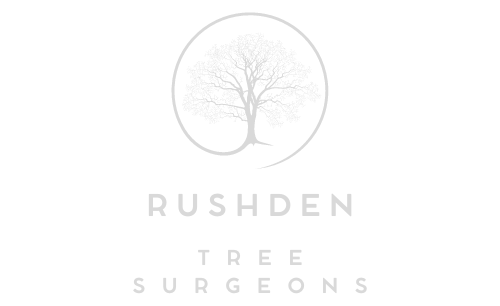Can Hedge Cutting Encourage Faster Growth? The Science Explained
Hedges can be a beautiful and functional addition to any property. Not only do they offer privacy, but they also contribute to the overall aesthetic appeal of a garden or outdoor space. But one question that often arises is whether hedge cutting can actually promote faster growth. In this article, we will explore the science behind hedge cutting and whether it can encourage faster, healthier growth for your plants.
The Science Behind Hedge Cutting and Growth
At its core, hedge cutting involves trimming back the top and sides of hedges to control their shape, size, and density. But how does this process impact the growth of the plant itself?
1. Stimulating New Growth
One of the main benefits of cutting back hedges is that it stimulates new growth. When you cut a hedge, particularly in the right season, you remove old, dead, or overgrown branches. This not only makes the plant look tidier, but it also encourages the plant to redirect its energy into producing new shoots and leaves. The science behind this is simple: when the plant senses that part of its structure has been removed, it “reacts” by producing more growth to replace what was lost.
Pruning encourages the plant to focus on lateral or side growth rather than vertical growth. This can help the hedge fill out more evenly and become denser, improving both its appearance and functionality.
2. Improved Air Circulation and Sunlight Exposure
When hedges are left to grow without cutting, the inner branches and leaves can become overcrowded, which can prevent adequate airflow and sunlight from reaching the lower parts of the plant. This can cause these inner branches to become weak and possibly die off.
By cutting the hedge regularly, you ensure that sunlight and air can reach more of the plant’s inner branches, stimulating growth throughout the hedge. Good air circulation reduces the risk of diseases and pests, which could otherwise hinder the plant’s ability to thrive.
3. Encouraging Stronger Root Systems
Although cutting may seem counterproductive, it can actually encourage healthier root systems. When you remove a portion of the plant, it redirects its resources to strengthening its roots and base. The more robust the root system, the more nutrients and water the hedge can absorb, which supports faster and healthier growth.
In addition, regular cutting can prevent a hedge from becoming too top-heavy, which can sometimes weaken the roots over time. Cutting allows for more balanced growth above and below the soil, keeping the plant stable and sturdy.
Timing Is Key
While hedge cutting can encourage faster growth, timing is essential. Cutting at the wrong time of year can stress the plant or stunt growth, so it’s crucial to know when to trim.
1. Best Time for Hedge Cutting
The ideal time for hedge cutting largely depends on the species of hedge you have. However, in general, the best time for trimming is during the late winter or early spring when the plant is dormant but not yet actively growing. This allows the plant to heal quickly from cuts and ensures that the new growth is strong and healthy.
Some hedges, like deciduous species, should be cut back in the dormant season to avoid damaging any new buds. For evergreen species, you can trim back during late spring or summer, but be mindful of cutting too much.
2. Avoiding Over-Trimming
It’s also important not to over-trim your hedge. Cutting too aggressively can shock the plant and prevent it from recovering properly, which could actually slow down growth. A light, balanced trim is usually enough to encourage healthy growth, while preserving the plant’s natural shape.
How to Properly Cut Your Hedge for Better Growth
If you want to promote the healthiest and fastest growth for your hedge, here are some best practices for cutting:
- Use sharp tools: Ensure your hedge trimmer or shears are sharp to make clean cuts. This reduces the risk of damaging the plant.
- Trim to encourage lateral growth: Focus on cutting the sides of the hedge rather than the top to promote fuller growth.
- Cut in the right shape: Maintain a natural shape to prevent the hedge from becoming too sparse or unbalanced. Avoid cutting too much from the base of the hedge.
- Remove dead wood: Regularly remove dead or diseased branches to promote overall health and encourage new growth.
Conclusion
Hedge cutting can indeed encourage faster and healthier growth when done correctly. By stimulating new growth, improving air circulation, and strengthening the root system, hedge cutting contributes to a fuller, denser hedge that thrives year after year. However, timing and technique are key to ensuring that the process benefits the hedge and doesn’t cause damage.
If you’re unsure about the best way to maintain your hedges or need help with professional hedge cutting, don’t hesitate to contact the experts. At Rushden Tree Surgeons, we have the skills and experience to ensure your hedges remain in top condition and encourage the best possible growth for your garden. Get in touch with us today to book your consultation and discover how we can help your outdoor space flourish.
Call us on: 01933 422 068
Click here to find out more about Rushden Tree Surgeons
Click here to complete our contact form and see how we can help with your tree needs.

